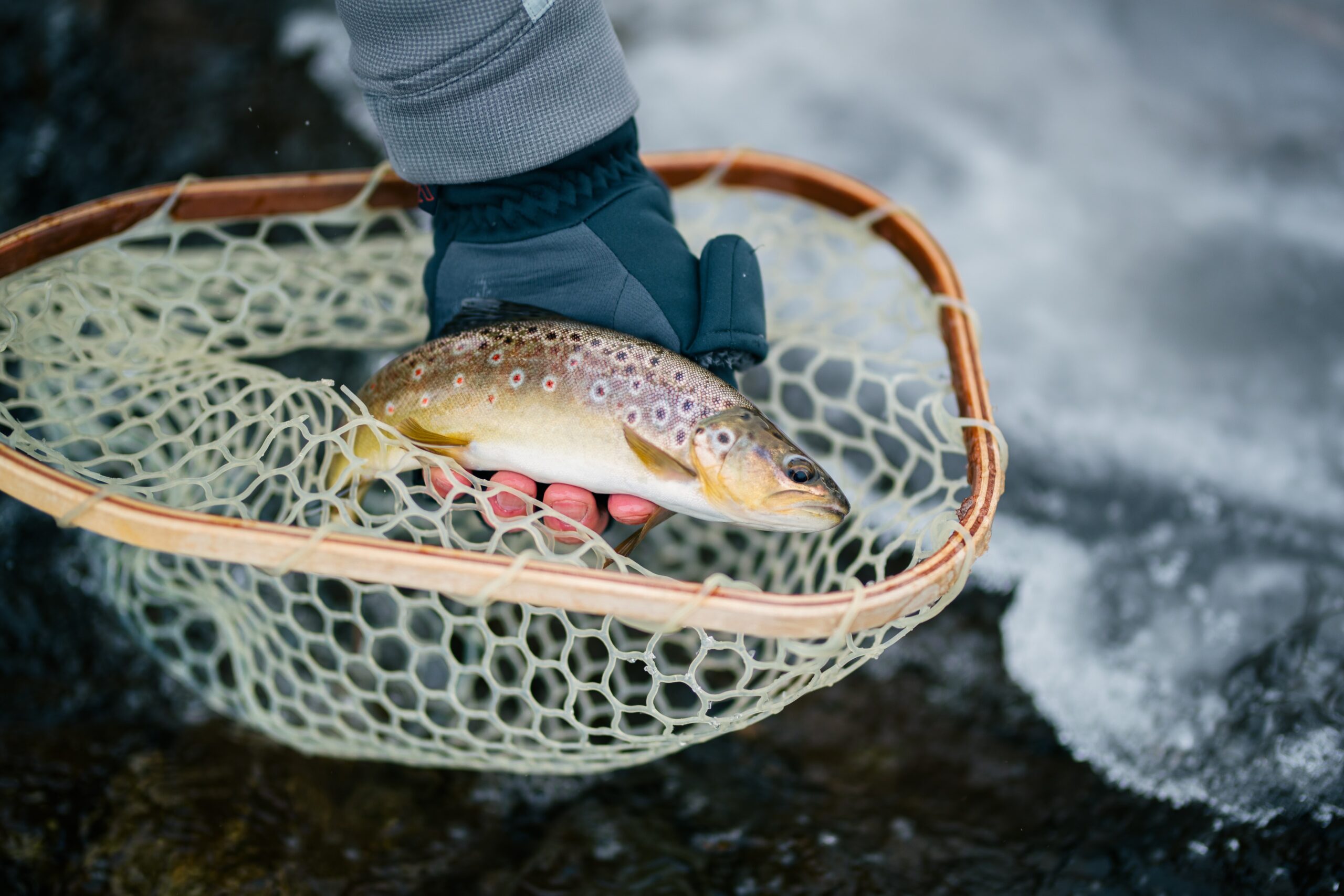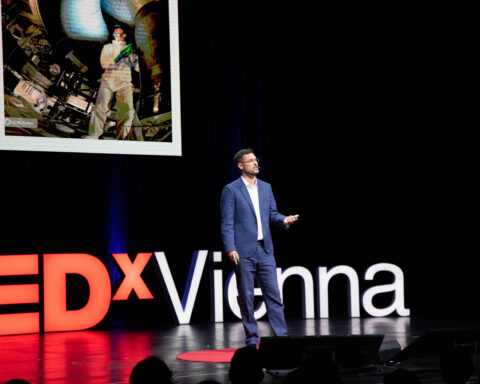For each one of us, the first breathtaking encounter with the ocean starts with the sight of the engulfing blue stretch of saline water. As humans, we feel powerless and dwarfed in front of its majestic rise. Yet, what comes as invisible to the naked eye is the vast life that hides behind the azure blanket that appears to only mirror the sky as the colors blend, forming a unison. At the crack of dawn, as turtles push their way into the ocean, small fish jump into the air, and the oceanic breeze reinvigorates our senses, we become evermore bewitched by its creations.
And we watch them. We watch them in their glory. We capture unseen moments on camera and delight ourselves with the view of sparkling energy. We increase our chances for participation in this celebration of life by organizing tours, planning diving sessions, and sometimes swimming with marine creatures. Yet, the eagerness for exploring the unknown obstructs the need for a deeper understanding of the effects this curiosity has on our oceans. To learn about how aquatic creatures operate, how they need to be taken care of, and which role humans play, actively or inactively, in their sustenance is of paramount importance now that marine life is oscillating between extinction and survival.
World Ocean Day
As a result of this gloomy foreseeable future, the UN designated the 8th of June as World Oceans Day. In this honoring of the planet’s most extensive natural achievement resides a thesaurus of both explored and unexplored flora and fauna now endangered by human action. Pollution, poaching, and collateral damage through fishing are all topics that circulate among the news more than ever, yet unanimous consent is lacking as far as the protection of marine species is concerned. This year’s theme, “The Ocean: Life and Livelihoods”, is a reminder of the steps towards wildlife conservation that we must initiate immediately. As such, the UN’s Sustainable Development Goal 14, “Conserve and sustainably use the oceans, seas and marine resources”, is set to be achieved by 2030 and provide the oceans of the planet with one more chance to rejuvenate.
Pollution
We are told that human-produced garbage ends up in landfills where it is discarded safely. Unsurprising to many, trash coming from dry land is occasionally dumped into waters, but something else that occurs in the oceans at large is rarely highlighted in the media. Ships, yachts, and particularly cruise ships are major contributors to environmental pollution. Let alone air pollution, with the largest cruising company in the world emitting ‘’nearly 10 times more sulfur oxide (SOX) around European coasts than did all 260 million European cars in 2017’’, which increases human health risks. Where the eyesight does not reach, catastrophic consequences occur.
Much of the trash (still unreported) coming from the maritime industry is dumped into the water. A large ship that can host up to 7000 passengers ‘‘on a one week voyage is estimated to generate 210,000 gallons (or 10 backyard swimming pools) of human sewage and 1 million gallons (40 more swimming pools) of graywater (water from sinks, baths, showers, laundry and galleys).’’ Unfortunately, few cruise ship companies declare how sustainable their trips are or how their ships operate at sea, and guests hardly ever consider their carbon footprint when vacationing on a yacht.
Fishing nets producing bilateral damage
Not only is overfishing a prominent issue, but its bilateral damage is often overlooked. In the 1990s, more than 12 million sharks and rays were caught annually as “bycatch, or untargeted species, in international waters alone’’. By now, the number of affected sharks has increased so much that today we stand at an estimated 50 million sharks being caught unintentionally and 100 million sharks being killed annually. Fishing vessels with homeports in Spain and Portugal operate in North Atlantic waters to catch tuna and swordfish ‘’using 100-kilometer-long lines that can hold as many as 1200 baited hooks.’’ Upon being unintentionally caught in the nets, the sharks’ fins or other parts of their bodies are damaged so much that even after having been rethrown into the ocean, their days are counted. Moreover, as the numbers of small fish are decreasing at a record pace, fishers have redirected their gears towards sharks as their fins and meat are cataloged as a delicacy. This is alarming considering their long-lived sustenance across centuries as the planet’s oldest predators.
Additionally, other fishing methods are similarly concerning. Bottom trawling is a type of fishing that drags heavily weighted nets across the seabed in an attempt to catch as much fish as possible in one go. This is the preferred form of fishing for commercial fishing companies as it requires little effort and time. Nevertheless, this propagates the negative effect upon the millions of creatures that lie on the bottom of the sea. Fortunately, some more sustainable companies use fishing rods for catching and although it might be a less economically efficient method, it is certainly more sustainable for marine life.
Likewise, many companies selling seafood have taken a step forward and developed a method for raising public awareness of fishing methods so that products sold in (frozen) packages or cans have listed on them the method of fishing used to catch them. Regrettably, few companies have seen a shift in consumer attitude towards the products since many people do not pay enough attention to these details.
Protected fishing areas
Commercial fishing in the most pristine waters can lead to an imbalance in the marine ecology of the respective areas. Currently, the UK keeps 38% of marine areas under law protection, prohibiting fishing. According to the UN’s statistical data, given that not many countries have correctly submitted the actual percentage of their protected areas, around 1.18% of the world’s high-seas are protected against commercial fishing. This leaves an estimated 95% of waters prey to exploitation, and many of them contain endangered or extinct species. The world’s nations failed to reach the United Nations Sustainable Development Goal 14 and the Convention on Biological Diversity’s Aichi Target 11 that set to reach 10% of ocean’s waters as protected areas by the end of 2020. Currently, only 7,65% of the ocean is covered by marine protected areas, ‘’an area the size of North America’’. Different figures are publicized by the Marine Protection Atlas which records that only 2,7 % of global ocean area is in implemented and fully / highly protected zones. Furthermore, as revealed by a study carried out by the Oceana, ‘’bottom trawling affects 86% of the area designated under Natura 2000 to protect marine habitats.’’
Contaminated waters
Little is known about the present and future level of radioactivity in the Pacific waters and their impact on human and marine life. The World Health Organisation published a document detailing the possible health risks resulting from the Tohoku earthquake and tsunami that took place in Japan on the 11th of March 2011. In its aftermath, radioactive contamination affected the waters close to the Fukushima Daiichi nuclear plant. Once the waters’ radiation concentrations surpass the seawater limits, the safety of seafood can consequently become compromised. The marine environment is impacted as a result of the natural background radiation exposure or the diet. The bio-accumulation of radioactivity through consuming contaminated food is a result of nuclear testing in the 1950s and 1960s, nuclear fuel reprocessing in the 1980s, and the Chernobyl accident in 1986.
Migratory fish have traveled through these locations and have been contaminated with radionuclides through their diet, which in turn contaminated other species. This is the reason why FAO (The Food and Agriculture Organization of the United Nations) leads international efforts to prevent health risks that result from consuming seafood that originates from contaminated zones.
Thus, as a prevention, they introduced a law that forces producers to state on the seafood products the origin of the food, mostly the fishery areas coded in numbers that represent safe and unsafe fishing areas (e.g. FAO Major Fishing Area 61). For oceanic fish, just as for humans, radioactivity can lead to death ‘’creating “bizarre mutations” in their offspring, or passing radioactive material up the food chain.’’
Oxygenated water is under threat
Oxygen is a vital element for marine creatures and their sustenance. Although oceans produce approximately 50% – 80% of the world’s oxygen, most of it is inhaled by marine life. Now, the oceans have reached a critical point because climate change affects the natural producers of oxygen, such as the plankton.
Phytoplankton, the smaller species, are one-inch-long marine drifters that not only produce oxygen but also absorb carbon dioxide. They are tiny organisms that travel by tides and currents, too microscopic in size to fight against these phenomena. Nevertheless, this bacteria produces around 20% of the oxygen in our entire biosphere. Marine life uses up oxygen, especially as dead plants and fish decay in the oceans leading to an overconsumption of natural gas. Consequently, low concentrations of oxygen are present, which create dead zones where no marine life can survive.
Climate change can greatly impact the life of plankton and result in a shift in the number and variety of present species, perturbations, accumulation of noxious species, changed food webs, and much more.
Need for action
Without protecting these areas from human exploitation, we cannot lend the ocean resiliency, and complex ecosystems will collapse. We need to prioritize the imbalance in oceans and work towards protecting more areas that are especially in danger. The words of the Native Americans upon seeing imperialists reaching their homeland and exploiting the natural resources of the pristine lands ring in our ears even today, and tomorrow, and until the day we’ll find that ‘’when the last tree has been cut down, the last fish caught, the last river poisoned, only then will we realize that one cannot eat money.’’
Photo by jack murrey on Unsplash.




